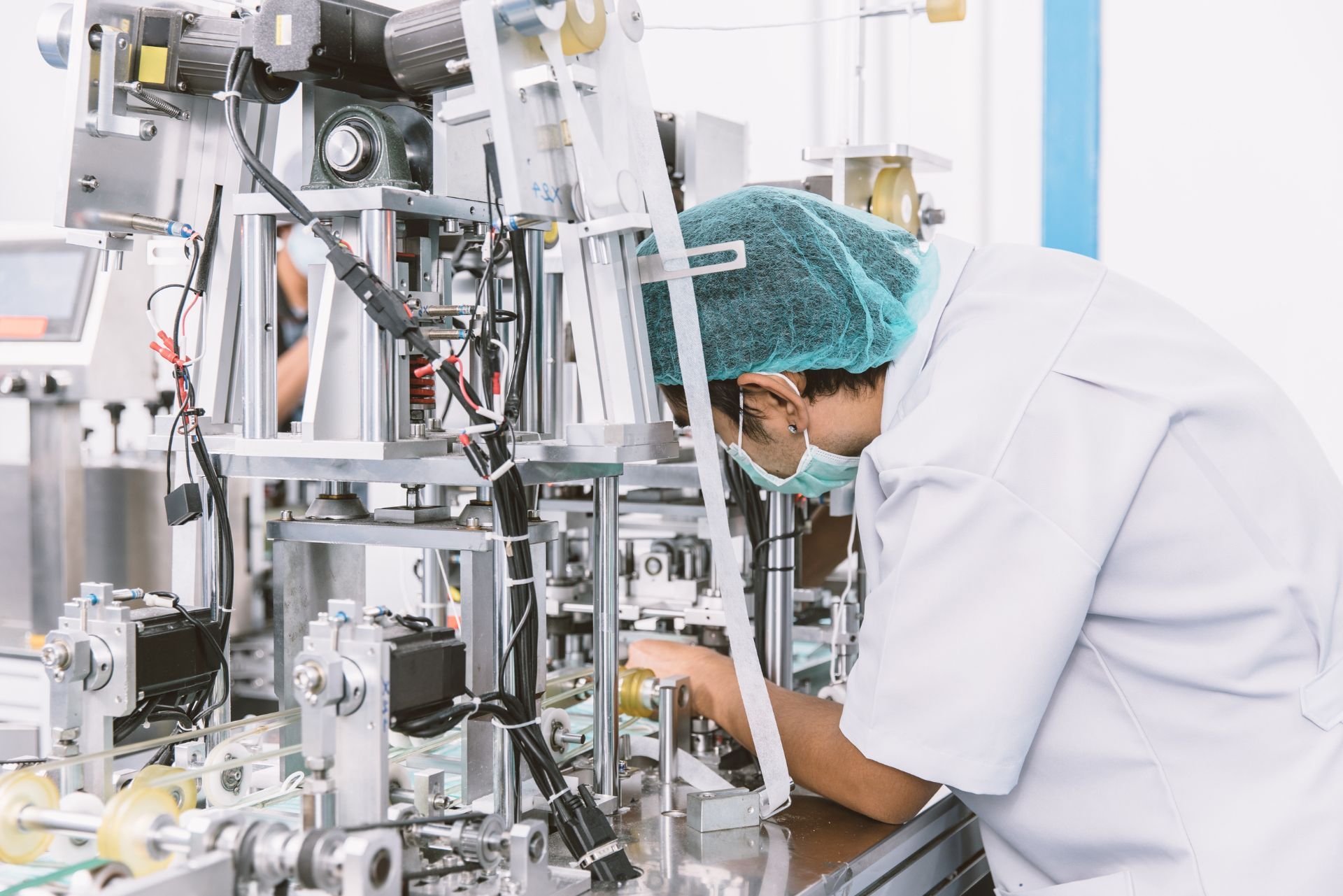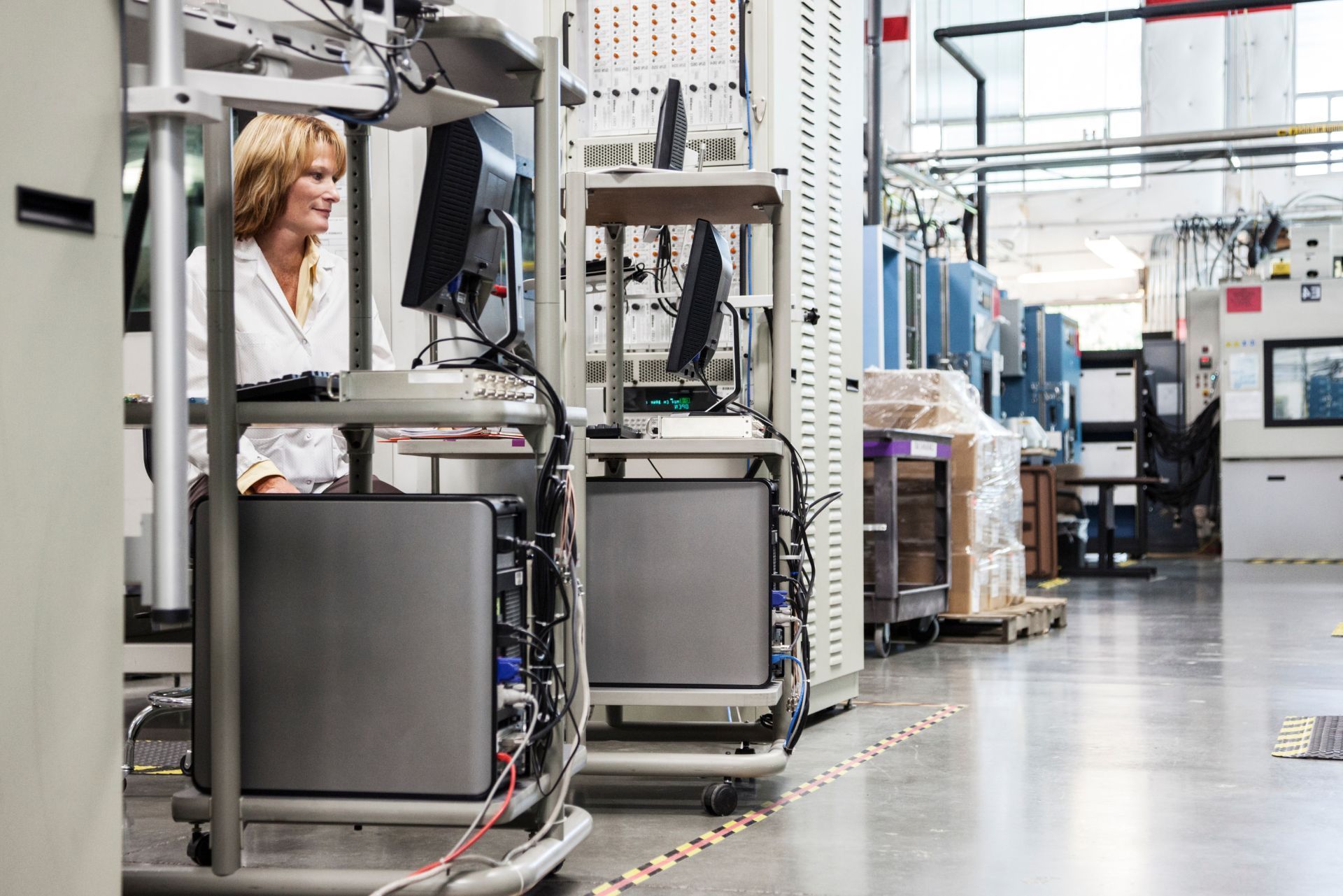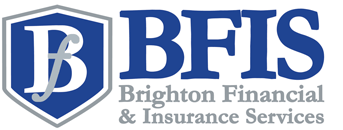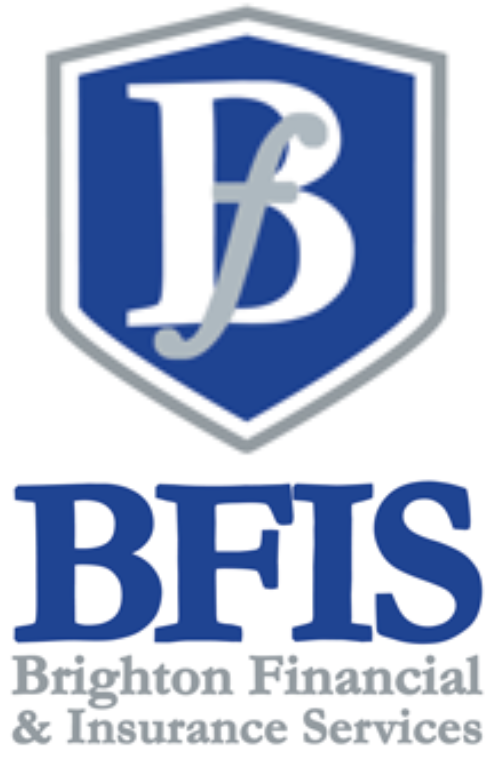California Medical Device Manufacturer Insurance

9:00am - 6:00pm Mon-Fri
Will Reply in 15min*
Top 3 Recommended Policies
Index
Understanding the Medical Device Manufacturing Landscape in California
Key Types of Insurance for California Medical Device Manufacturers
Regulatory and Legal Considerations Impacting Insurance Needs
How to Choose the Right Insurance Provider and Policy
Emerging Trends and Future Considerations in Medical Device Insurance
California’s medical device manufacturing industry is a dynamic and rapidly growing sector, playing a crucial role in advancing healthcare technologies. However, with innovation comes risk, and manufacturers must protect their businesses from potential liabilities and financial setbacks. Understanding the nuances of insurance tailored for medical device manufacturers in California is essential for safeguarding assets, complying with regulations, and fostering sustainable growth.
Understanding the Medical Device Manufacturing Landscape in California
California is a global hub for medical device innovation, home to thousands of companies ranging from startups to established multinational corporations. According to the California Life Sciences Association, the state hosts over 1,400 medical device companies, employing more than 150,000 people. This vibrant ecosystem drives significant economic impact but also faces unique challenges that insurance policies must address. The concentration of talent and resources in California fosters a collaborative environment where companies can share knowledge, leading to rapid advancements in technology and patient care. From pioneering surgical instruments to cutting-edge diagnostic tools, the innovations emerging from this region are reshaping healthcare on a global scale.
Medical device manufacturers in California operate under stringent regulatory oversight from agencies such as the U.S. Food and Drug Administration (FDA) and the California Department of Public Health. Compliance with these regulations is critical, but even the most diligent companies can encounter issues such as product recalls, intellectual property disputes, and workplace accidents. Insurance coverage designed specifically for this industry helps mitigate these risks. Additionally, the competitive landscape encourages companies to adopt best practices in quality assurance and risk management, further enhancing the safety and efficacy of their products. As a result, the medical device sector not only contributes to economic growth but also plays a vital role in advancing public health.
Why Specialized Insurance is Crucial for Medical Device Manufacturers
Unlike general manufacturing, medical device production involves high stakes due to the potential impact on patient health and safety. A defective product can lead to costly lawsuits, regulatory fines, and damage to reputation. Standard business insurance policies often fall short in covering these specialized risks, making tailored insurance solutions indispensable. Furthermore, the complexity of medical devices, which often integrate software and hardware, adds another layer of risk that requires specialized knowledge for proper coverage. As technology evolves, so too do the risks, necessitating a proactive approach to insurance that can adapt to new challenges.
Moreover, medical device manufacturers frequently invest heavily in research and development (R&D), intellectual property, and supply chain management. Insurance policies that cover these areas provide an additional layer of security, ensuring that innovation continues without interruption. The high cost of R&D, combined with the lengthy approval processes for new devices, means that companies must safeguard their investments against unforeseen setbacks. Additionally, as global supply chains become more intricate, manufacturers face risks related to supplier reliability and geopolitical factors. Comprehensive insurance solutions can help navigate these complexities, allowing companies to focus on what they do best: creating life-saving technologies that improve patient outcomes.

Key Types of Insurance for California Medical Device Manufacturers
Medical device manufacturers require a comprehensive insurance portfolio to cover the diverse risks they face. The following types of insurance are most relevant and commonly sought after in California’s medical device sector.
1. Product Liability Insurance
Product liability insurance is arguably the most critical coverage for medical device manufacturers. It protects businesses from claims arising due to injuries or damages caused by defective products. Given the high-risk nature of medical devices, this insurance can cover legal fees, settlements, and judgments related to product failure or malfunction.
California’s legal environment is known for being plaintiff-friendly, which can increase exposure to lawsuits. Therefore, securing robust product liability coverage with sufficient limits is essential. Manufacturers should also consider policies that cover both bodily injury and property damage claims. Additionally, they may want to explore options for excess liability coverage, which provides an extra layer of protection in the event that claims exceed standard policy limits, ensuring that they are not left vulnerable to catastrophic financial losses.
2. General Liability Insurance
General liability insurance covers common business risks such as third-party bodily injury, property damage, and advertising injury. While product liability focuses on the devices themselves, general liability addresses broader risks that can occur on business premises or during operations.
This insurance is vital for protecting against slip-and-fall accidents at manufacturing facilities, damage caused by employees to client property, or claims related to marketing practices. Many clients and partners in the medical industry require proof of general liability insurance before entering contracts. Furthermore, manufacturers should consider including coverage for completed operations, which protects against claims arising from products that have already been sold and are in use, thus extending their safety net beyond the manufacturing phase.
3. Professional Liability Insurance (Errors & Omissions)
Medical device manufacturers often provide consulting, design, or engineering services as part of their offerings. Professional liability insurance, also known as errors and omissions (E&O) insurance, protects against claims of negligence, errors, or omissions in these professional services.
For example, if a design flaw leads to a device malfunction, this insurance can cover legal defense costs and settlements. Given the technical complexity of medical devices, professional liability coverage is a prudent addition to the insurance portfolio. Manufacturers should also be aware of the importance of maintaining accurate documentation and communication with clients, as these practices can significantly mitigate risks and strengthen their defense in the event of a claim.
4. Property Insurance
Property insurance safeguards physical assets such as manufacturing equipment, inventory, and facilities from risks like fire, theft, vandalism, and natural disasters. In California, where wildfires and earthquakes are significant threats, property insurance policies may need to include specific endorsements or riders to cover these perils adequately.
Ensuring that property insurance reflects the full replacement cost of equipment and facilities is crucial to avoid underinsurance. Some manufacturers also invest in business interruption coverage to compensate for lost income during unexpected shutdowns. Additionally, manufacturers can benefit from conducting regular risk assessments and updating their policies accordingly, as this proactive approach helps to identify new vulnerabilities and ensures that coverage remains aligned with the evolving landscape of their operations.
5. Workers’ Compensation Insurance
California law mandates that employers provide workers’ compensation insurance to cover medical expenses and lost wages for employees injured on the job. Manufacturing environments can be hazardous, with risks ranging from machinery accidents to chemical exposures.
Beyond compliance, workers’ compensation insurance helps maintain workforce morale and reduces the financial impact of workplace injuries. Many insurers also offer workplace safety programs to help manufacturers minimize risks and claims. Moreover, investing in employee training programs focused on safety protocols can further enhance workplace safety, potentially leading to lower insurance premiums over time as the frequency of claims decreases.
6. Cyber Liability Insurance
As medical device manufacturers increasingly rely on digital technologies and connected devices, cyber risks have become a significant concern. Cyber liability insurance protects against data breaches, ransomware attacks, and other cyber incidents that could compromise sensitive patient data or intellectual property.
Given California’s stringent data privacy laws, including the California Consumer Privacy Act (CCPA), manufacturers must be prepared to respond to cyber threats swiftly. Cyber insurance can cover notification costs, legal fees, and regulatory fines associated with data breaches. Additionally, manufacturers should consider implementing robust cybersecurity measures, such as regular software updates and employee training on phishing scams, to complement their insurance coverage and create a more resilient defense against cyber threats.
Regulatory and Legal Considerations Impacting Insurance Needs
California’s regulatory environment adds layers of complexity to medical device manufacturing. Understanding these factors is key to selecting appropriate insurance coverage.
FDA Compliance and Its Insurance Implications
The FDA regulates medical devices through a classification system based on risk, ranging from Class I (low risk) to Class III (high risk). Manufacturers must adhere to strict quality control, testing, and reporting requirements. Non-compliance can lead to recalls, fines, or legal action.
Insurance policies often exclude coverage for regulatory fines or penalties, so manufacturers should work closely with legal counsel and insurance brokers to understand these limitations. Some insurers offer risk management services to help companies maintain compliance and reduce the likelihood of costly enforcement actions. Additionally, manufacturers may benefit from investing in comprehensive training programs for their employees, ensuring that everyone involved in the production process is well-versed in FDA regulations and the importance of compliance. This proactive approach not only mitigates risk but can also enhance the company’s reputation in the industry, potentially leading to increased business opportunities.
California-Specific Legal Risks
California’s consumer protection laws and tort system can increase exposure to lawsuits. For instance, the state’s strict product liability laws allow injured parties to pursue damages more aggressively than in some other states. Additionally, California’s Proposition 65 requires businesses to provide warnings about exposure to certain chemicals, which can affect manufacturing processes and product labeling.
Insurance policies should be reviewed to ensure they provide adequate defense coverage for claims arising under these state-specific laws. Manufacturers may also consider umbrella liability policies to extend coverage limits and protect against catastrophic losses. Furthermore, the evolving landscape of California's legal framework, including recent legislative changes aimed at enhancing consumer rights, necessitates ongoing vigilance. Companies should stay informed about new laws and regulations that may impact their operations, as well as engage in regular risk assessments to identify potential vulnerabilities in their business practices. This strategic approach not only safeguards against legal repercussions but also fosters a culture of accountability and transparency within the organization.
How to Choose the Right Insurance Provider and Policy
Selecting the right insurance provider and policy requires careful consideration of a manufacturer’s unique risks, size, and operational scope. Here are key factors to keep in mind:
Industry Expertise and Experience
Choose insurers and brokers who specialize in medical device manufacturing or have extensive experience serving this sector. They will better understand industry-specific risks and regulatory requirements, enabling them to tailor coverage appropriately. Insurers with a strong track record in your industry can provide insights into emerging risks and trends, which can be invaluable for proactive risk management. Additionally, they may have established relationships with regulatory bodies, which can facilitate smoother compliance processes.
Comprehensive Risk Assessment
A thorough risk assessment should precede policy selection. This process involves identifying potential exposures, evaluating current controls, and determining coverage gaps. Insurers that offer risk management consultations can add significant value. Engaging in this assessment not only helps in customizing your policy but also enhances your overall risk management strategy. By understanding your vulnerabilities, you can implement preventative measures that may reduce your premiums and improve safety protocols within your manufacturing processes.
Policy Limits and Exclusions
Review policy limits carefully to ensure they align with the company’s risk profile and potential liabilities. Pay close attention to exclusions, especially those related to regulatory fines, product recalls, and cyber incidents. Negotiating endorsements or riders may be necessary to fill critical gaps. It’s also wise to consider the potential impact of future regulations or market changes on your coverage needs. Regularly revisiting your policy can ensure it remains relevant and comprehensive as your business evolves.
Claims Handling and Financial Stability
Investigate the insurer’s reputation for claims handling and customer service. Prompt, fair claims resolution is vital during stressful situations. Additionally, verify the insurer’s financial strength ratings from agencies like A.M. Best or Standard & Poor’s to ensure long-term reliability. A financially stable insurer is more likely to honor claims without delays, which is crucial when your business is facing unexpected challenges. Furthermore, consider seeking testimonials or reviews from other manufacturers in your industry to gauge the insurer's performance in real-world scenarios.
Cost vs. Coverage Balance
While cost is an important consideration, it should not be the sole factor. Inadequate coverage can lead to devastating financial consequences. Aim for a balanced approach that provides robust protection at a reasonable premium. It’s beneficial to obtain quotes from multiple providers and compare not just the costs but also the breadth of coverage offered. Sometimes, a slightly higher premium can translate into significantly better coverage, which can save your business from catastrophic losses in the long run. Additionally, consider the potential for discounts based on safety initiatives or risk management practices you implement, which can further optimize your insurance expenditures.
Emerging Trends and Future Considerations in Medical Device Insurance
The medical device industry is evolving rapidly, and so are the risks and insurance solutions. Staying informed about emerging trends can help manufacturers anticipate changes and adapt their insurance strategies accordingly.
Increased Focus on Cybersecurity
With the rise of connected medical devices and the Internet of Medical Things (IoMT), cybersecurity risks are escalating. Insurers are developing more sophisticated cyber liability products tailored to these unique vulnerabilities, including coverage for device hacking and data integrity breaches.
Supply Chain Disruptions and Business Interruption
The COVID-19 pandemic exposed vulnerabilities in global supply chains, impacting medical device manufacturers. Insurance policies are increasingly incorporating coverage for supply chain interruptions, helping companies manage risks related to delays, shortages, or supplier insolvencies.
Environmental and Sustainability Risks
Environmental regulations and sustainability initiatives are shaping manufacturing practices. Insurance products that address environmental liabilities, such as pollution coverage and green technology risks, are gaining importance.
Regulatory Changes and Compliance Costs
Ongoing updates to FDA regulations and California state laws may affect insurance needs. Manufacturers should maintain close communication with legal and insurance advisors to stay compliant and adequately covered.

Conclusion
California medical device manufacturers operate in a complex and high-risk environment that demands specialized insurance solutions. From product liability and general liability to cyber and workers’ compensation insurance, a comprehensive coverage strategy is essential to protect innovations, employees, and financial stability.
By understanding the unique risks of the industry, navigating regulatory requirements, and partnering with knowledgeable insurers, medical device manufacturers can confidently pursue growth and innovation while minimizing exposure to costly liabilities. Staying proactive and informed about emerging trends will ensure that insurance coverage evolves alongside the dynamic medical device landscape in California.



